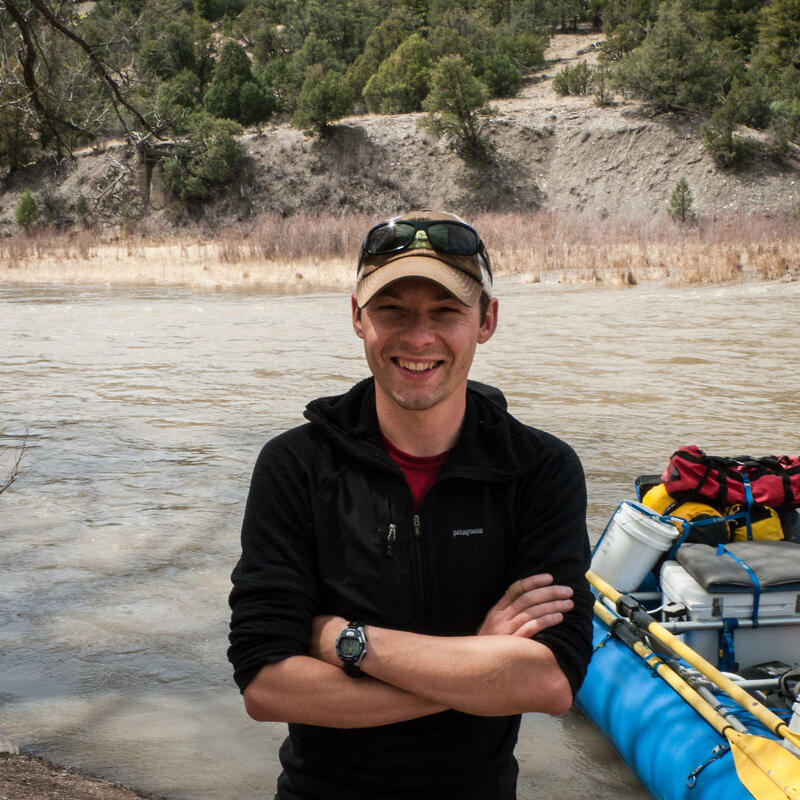What does ecohydrology mean to you?
The “eco” and ecohydrology really adds a new dimension to hydrology compared to how hydrology is taught in engineering disciplines. This new dimension is really exciting, especially when incorporated with water management and linked with human needs. The field of ecohydrology demonstrates the complex interactions between aquatic ecosystems and natural hydrologic cycles, which is important for informing how we manage and restore aquatic environments.
What are your undergraduate and graduate degrees in?
My education is in civil engineering, through and through. I received my B.S. and M.S. in Civil Engineering from Washington State University, and my Ph.D. in Civil Engineering from the University of New Mexico.
How did you arrive at working in/thinking about ecohydrology?
Although all my degrees are in civil engineering, I was lucky to collaborate with a lot of non-engineers, especially riparian and aquatic ecologists, during my education. While an undergraduate student I worked for Mark Stone (who became my PhD advisor years later!) on his PhD research examining the links between hydraulic turbulence and periphyton grown in cobble-bed rivers, and from that point forward I’ve been interested in ecohydrological questions. This interest has allowed me to work on a variety of ecohydrology-related topics while in my graduate and post-graduate roles, including the impacts of river management on riparian vegetation recruitment, the influence of levees on floodplain wetland habitat, and socio-ecological tradeoffs associated with environmental flows. Much of my research now focuses on the importance of floodplain services for ecological and geomorphic processes and how we can better integrate floodplain services into river management.
What do you see as an important emerging area of ecohydrology?
I think we still have a lot to learn regarding the interactions between surface water exchange flows and floodplain vegetation. There has been some great work recently published about the importance of subsurface hydrologic exchange flows and their importance in riverine processes, but we are still struggling to quantify surface exchange flows during flooding events. The lessons learned from research about the interaction of floodplain vegetation, hydrologic dynamics, and floodplain ecosystem services can help move river restoration science forward.
Do you have a favorite ecohydrology paper? Describe/explain.
I always come back to H.B.N. Hynes’ “The Stream and Its Valley” (1975), especially the concluding paragraph. Although encompassing more than ecohydrology, it is a beautifully written lecture about the inseparable interactions between river biotic and abiotic processes. I wish all papers were written as clearly and succinctly as this one.
What do you do for fun (apart from ecohydrology)?
Lately, my fun-time is spent either running on Colorado trails or enjoying the company of my 4-year old daughter. Both are exhausting!

 RSS Feed
RSS Feed